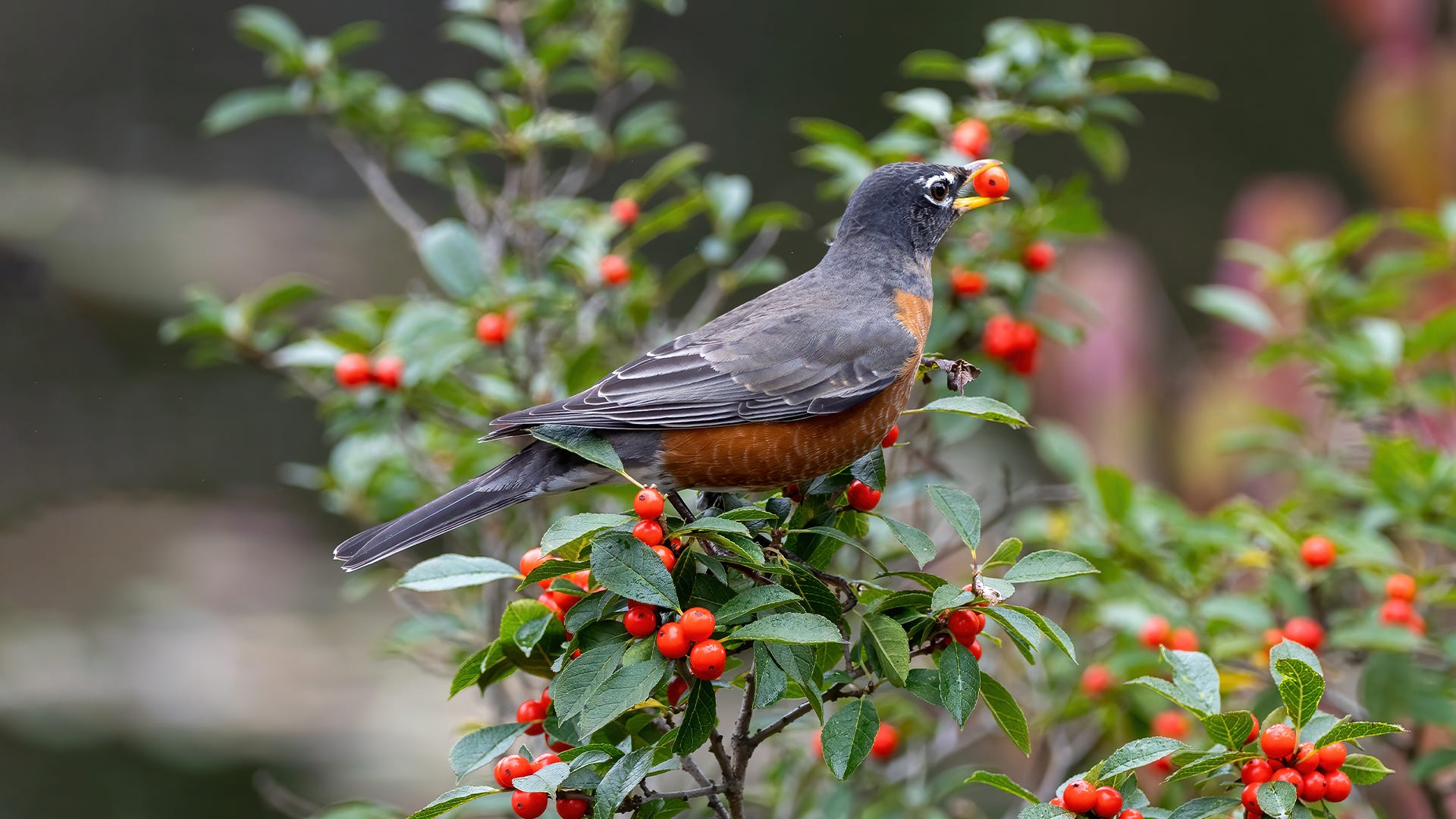
There’s a general rule to bird feeding: The more various the food and feeders, the more various the birds you’ll attract. Consequently, few backyard bird lovers settle for one type of food or one type of feeder.
Before you choose food or a feeder, it’s a good idea to decide what type of birds are in your area and which ones you want to bring into your garden. There is a wide selection from which to choose in both categories.
Among food there’s seeds, nuts, insects, fruits, and nectar. Nectar is popular with hummingbirds, but other birds will enjoy it too. Included among birds with a sweet tooth are orioles, finches, woodpeckers, warblers, and chickadees.

Feeders include hopper feeders, tube feeders, platform feeders, suet feeders, and, of course, hummingbird feeders. Oh, let’s not forget about squirrel-proof feeders, too!
My advice is to speak with your local wild bird store to determine what type of foods work best in what type of feeder.
Once you’ve got your chosen food and feeder, there are actions you can take to help ensure that your guests come to dine.

1. Consider Where to Place Your Feeder
When choosing a location there are some general concerns: Is it safe from predators? Are there nearby trees and bushes? Can you see your feeder?
If your existing feeders follow these guidelines, then hang your new feeder in the same general area. Make sure it can be seen as birds fly by.
Once they’ve found it, gradually move your new feeder away from the existing ones. More timid birds will feel less daunted if they can avoid potential crowds. Placing feeders apart will also help to lessen the potential to spread of disease.
2. Fill the Feeder with a Popular Seed
Sunflower hearts, black oil sunflower seeds, and Nyjer® or thistle seed are three types of seeds that attract nearly every type of bird. Most feeders will accept any of these seed types. The exception is a finch feeder, which has feeding ports too small for anything except Nyjer.
Even if you have plans for another type of seed in your new feeder, start with one of these. You can
progressively mix in your desired seed as the birds become accustomed to using the new feeder.
Another neat trick is to place some of the seed on top of the feeder or in an open platform (a foil pie plate or shallow pan will work just fine). Birds have a very poor sense of smell, but amazing vision. Once they see the seed on top of the feeder, they’ll easily find their way to the feeding ports.
See also: How to Plant the Perfect Birdseed Garden
3. Add Enticements to Attract the Birds
Birds need water as much as they need food, and a bird bath with clean, fresh water will be a source of much needed refreshment. A source of water will also help birds to maintain their feathers as they bathe and preen.
Check out these eight tips to help you choose the right bird bath as well as how to install it.
To attract your birds to the bath as well as to your feeders, consider adding a dripper, a fountain made for bird baths, a wiggler, or a mister. Moving water will catch and reflect sunlight and made noise. Both the light and the sound will attract more birds.
4. Remove Other Feeders
If your birds are ignoring your new feeder, and you’ve tried all the recommendations here, you might consider removing the feeders you already have. In particular, remove feeders that have the same or similar seed as the newly acquired feeder. It’s not that they are ignoring the new option. It’s just they like the old.
And as the saying goes, “If it ain’t broke, don’t fix it.”
Once the new feeder is no longer a novelty and the birds have become accustomed to it, you can put the old feeder out again.
See also: Where to Hang Seed Feeders for Birds
5. Be Patient
It can be disappointing when your garden companions don’t appear to be as excited about their new feeder as you are. Try not to take it personally. Change can be hard for anyone, birds included.
When you introduce something different—new food, new bird bath, or a new feeder—it’s going to take a while for them to get used to it. While working at my local wild bird store, we used to tell our customers that it may take two to three weeks for birds to interact with a new feeder. My advice is to be patient.
Spring migration is in full swing, making now the perfect time to introduce a new feeder. Take advantage of these five tips and soon you’ll be hosting a backyard party complete with color, song, food, and drink.
See also: How to Feed Wild Birds Through All the Seasons






